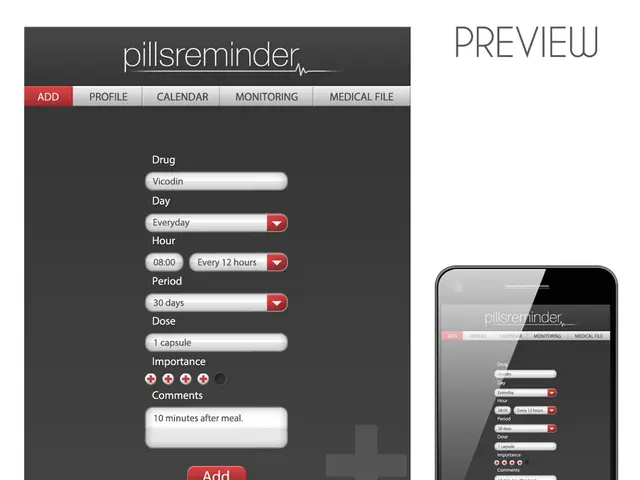Securing construction funding: Strategies for amassing the required down payment
Getting Creative with Your Portfolio: Alternative Ways to Use Securities for Real Estate Financing
When it comes to owning a securities portfolio, keeping it for the long haul is usually the goal. But what about using that portfolio to finance a property purchase? While dissolving the portfolio may be an option, it's not the only one. Let's dive into some creative ways to employ your securities portfolio in real estate financing.
Green Light from the Bank
Thomas Saar, a mortgage financing expert at Dr. Klein, says, "If your portfolio is in the green, you don't necessarily need to sell those papers. In fact, many banks allow you to use your securities portfolio as security, either actively or passively, for a construction project without selling it." However, not every bank or portfolio is one-size-fits-all. Always make sure to discuss your options with your bank.
Banking on Your Portfolio's Value
Temporary transfers of your securities portfolio to the bank can help secure better financing conditions. The bank considers the portfolio as security, allowing you to continue reaping the benefits of capital appreciation and dividends while using it as collateral. However, banks typically make discounts on the portfolio value—expect 40 to 50 percent, depending on the portfolio's structure.
Flexible Financing with Active Portfolios
Thomas Saar explains that "active use" of your portfolio can include leveraging dividends for financing or even using the portfolio value to repay remaining debt after a set number of years. But engaging in active financial transactions and skillful negotiation with banks are essential to make this happen.
Negotiating the Terms
When it comes to using your securities portfolio as collateral, banks handle customers' deposits differently. Some banks may restrict access to your portfolio, while others may require you to transfer part or all of your deposit as security. Ideally, your portfolio remains intact, but it depends on your individual negotiation with the bank.
Direct or Indirect Financing
Incorporating your securities portfolio into real estate financing can happen directly, through loans secured by the portfolio, or indirectly, through investing in mortgage-backed securities (MBS). MBS provide an alternative method to finance real estate while generating income and capital appreciation.
The Debt Service Coverage Ratio (DSCR) Loan Strategy
Real estate investors could potentially leverage their securities portfolio to obtain lower down payments when purchasing properties by applying for DSCR loans. This type of loan evaluates a property's rental income compared to its debt obligations. By demonstrating asset backing or income generation from securities, investors may secure loans with lower down payments, avoiding liquidation.
A Thorny Issue: Taxes
Selling your securities portfolio may trigger capital gains tax of up to 27.99 percent, including solidarity surcharge and church tax. To minimize this burden, it's crucial to consider the tax implications before selling your securities.
Sources: 1, 4, 5
- Thomas Saar recommends that, instead of selling securities from the portfolio, one could use it as security for a construction project with some banks, thus avoiding the need to dissolve the portfolio entirely.
- Incorporating one's securities portfolio into real estate financing can also occur indirectly, through investing in mortgage-backed securities (MBS), which could generate income and capital appreciation while providing an alternative method to finance real estate.








